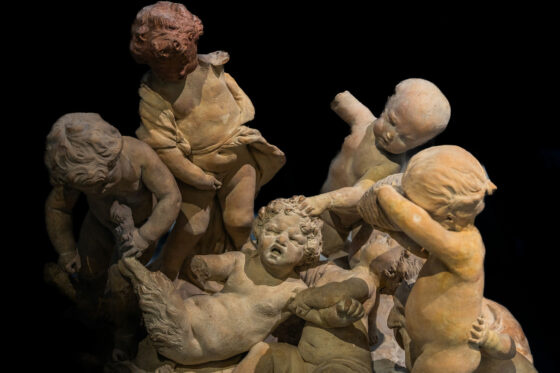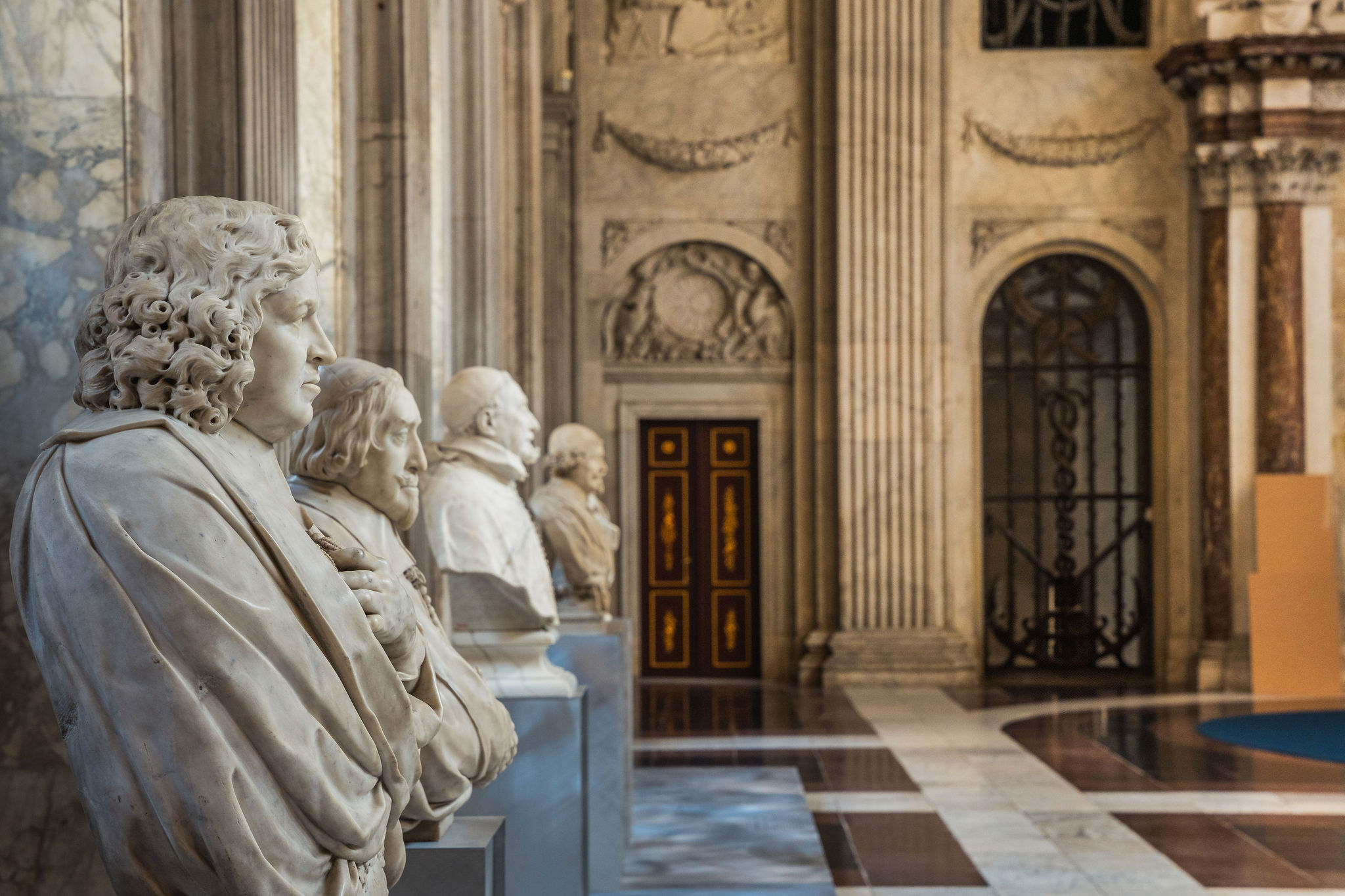Despite being feted as Amsterdam’s foremost sculptor, and in his own day a major artistic influence across Northern Europe, Artus Quellinus (1609-1668) is barely known even in the Netherlands.
But now the first-ever retrospective of his work, to be opened this week by king Willem Alexander, aims to change that, and to restore him to his place in history.
The show is being held at the royal palace on Dam Square, already dripping with thousands of his marble and bronze sculptures, now swelled by more than 100 additional pieces on loan.
The building, originally the city’s town hall, was Quellinus’s opus magnum, after he worked closely with its architect, Jacob van Campen, to create a visual feast so magnificent it was regarded as the eighth wonder of the world.
Until Quellinus, says Marjan Pantjes, one of the exhibition’s four curators, marble was not much seen or used by artists in Amsterdam.
“What this was all about was signalling the magnificence of the city,” she says. “Quellinus travelled to Rome in around 1635, and was influenced by Michelangelo and Bernini. Like them he was able to do extraordinary things with marble. His figures are so lifelike you almost expect them to step out of their frames, or to open their mouths and speak.”
Born in Antwerp into a family of artists, Quellinus was also much influenced by a friend of his father’s, the painter Peter Paul Rubens, who became his unofficial mentor.
In the exhibition – entitled Artus Quellinus: Sculptor of Amsterdam – paintings by Rubens are placed alongside sculptures by Quellinus, to show how he played out in 3D scenes depicted on canvas by the older artist. Pantjes says nothing like this has ever been done before, and she doubts it will ever be done again.
“It’s been an extraordinary feat to bring so much of his work together, and to show how he created the pieces,” she says. Loans have come from far afield, including a terracotta Lioness Suckling Her Cubs (c1640-50), borrowed from the Leiden Collection in New York.
Another standout piece, from St Andrew’s Church in Antwerp, is an outsize sculpture of a mournful St Peter, regretting his betrayal of Christ. Other works show his skills in miniature as well as large-scale pieces: one exquisite tiny scene is his Child Bacchants Dancing and Playing Music (c1640), showing a group of baby angels happily engaged in playful games.


Quellinus’s work drew on mythology, Bible stories and the world of animals and nature: the palace exhibition offers a cornucopia of 17th century life in stone, with busts of some of the city’s illustrious burgomasters, their curled locks flowing elegantly across their shoulders, returned to their former stamping-ground.
But his masterpiece, which visitors encounter both at the start and the end of the exhibition, is his Tribunal, sometimes called The Night Watch of sculpture, sited in the room where death sentences were read out in the seventeenth century.
The narratives show a series of macabre stories with morals about justice and punishment, highlighting the trio of wisdom, mercy and fairness that underscored the city’s values, and which could be clearly seen from Dam Square beyond.
The exhibition opens at the palace on Wednesday, June 18 and runs until October 27.
